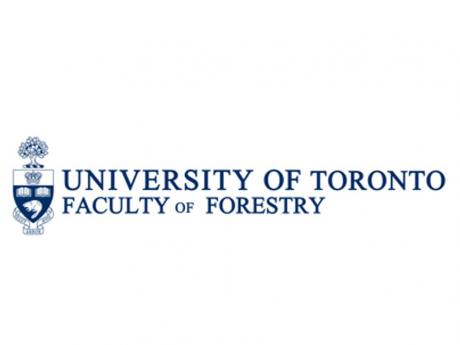

Haliburton Forest
Overview
The 13.5 ha Haliburton Forest Dynamics Plot is located in the Haliburton Forest and Wildlife Reserve, ca. 300 km north of Toronto, in central Ontario. The region is characterized by rolling hills interspersed with many lakes. The plot covers an area of never-cut old-growth forest and runs from the highlands to the north shores of Havelock Lake. Soils are generally shallow and acidic, overlaying Precambrian granite that frequently surfaces as bluffs and rocky shorelines. Prominent large mammals are white-tailed deer, moose, black bear, and grey wolf, but the most conspicuous impact is by beavers that enter far into the forest interior.
Haliburton Forest belongs to the Great Lakes-St Lawrence Forest Region, which extends inland from the St Lawrence River across the Great Lakes into southeastern Manitoba and is characterized by a mix of coniferous and deciduous species. The most abundant species is sugar maple, which dominates the forest away from the shoreline. Many species show strong habitat specificity, with red oak, American ash, and ironwood on dry rocky hillslopes, American beech patchily distributed in highland upland sites, and eastern hemlock, red maple, and white pine near the lakeshore.
Longitude: -78.637700000000
